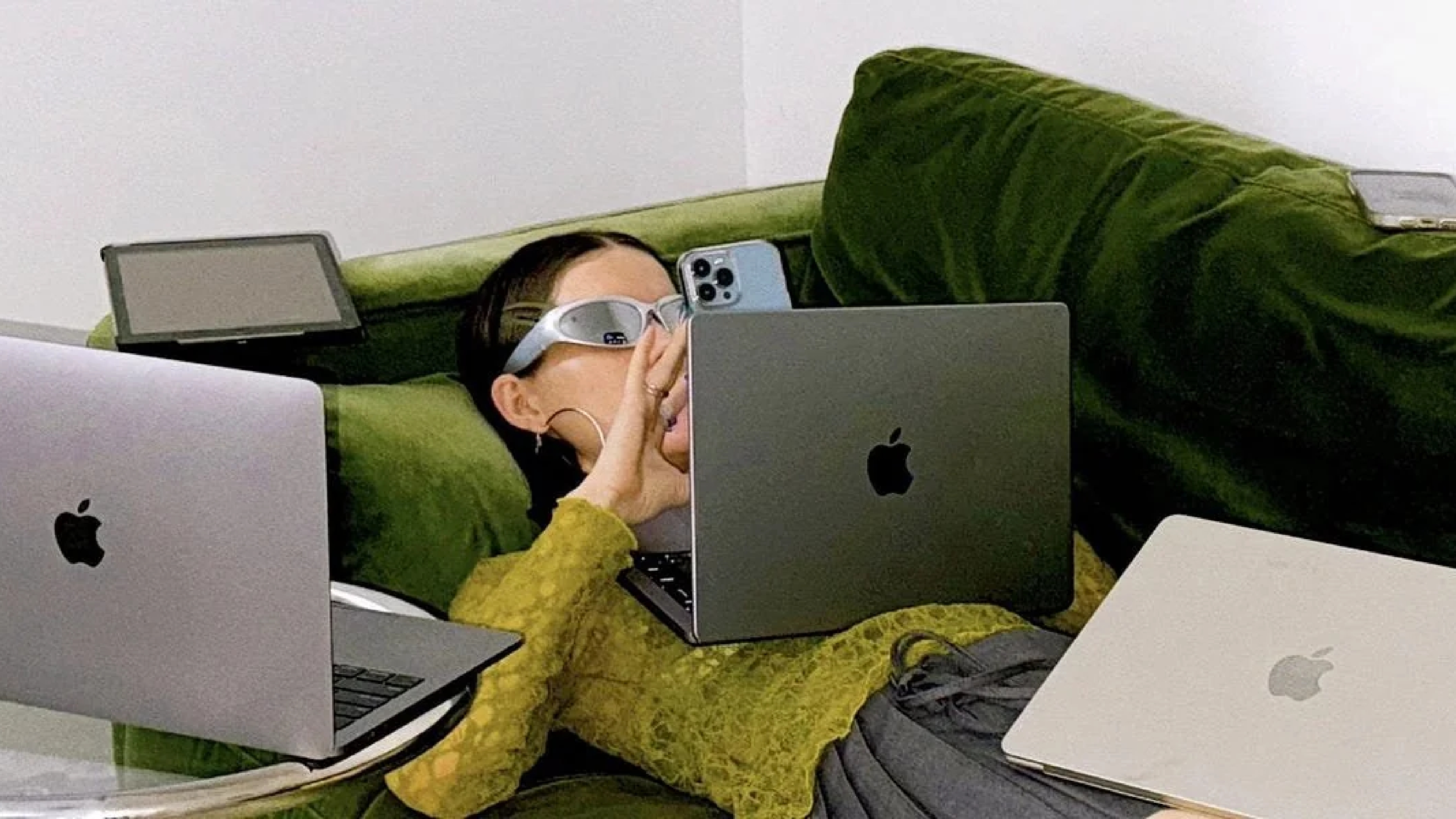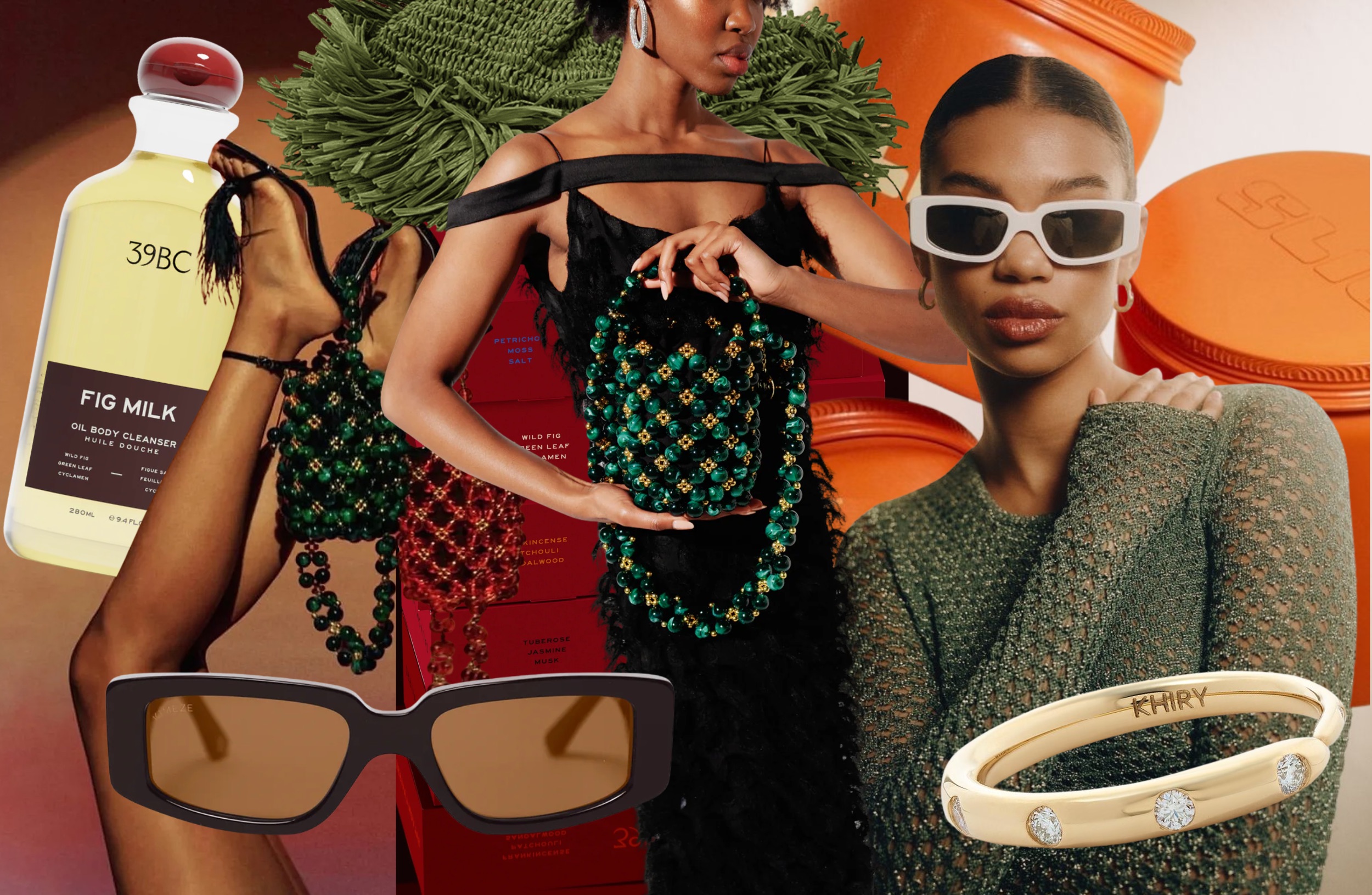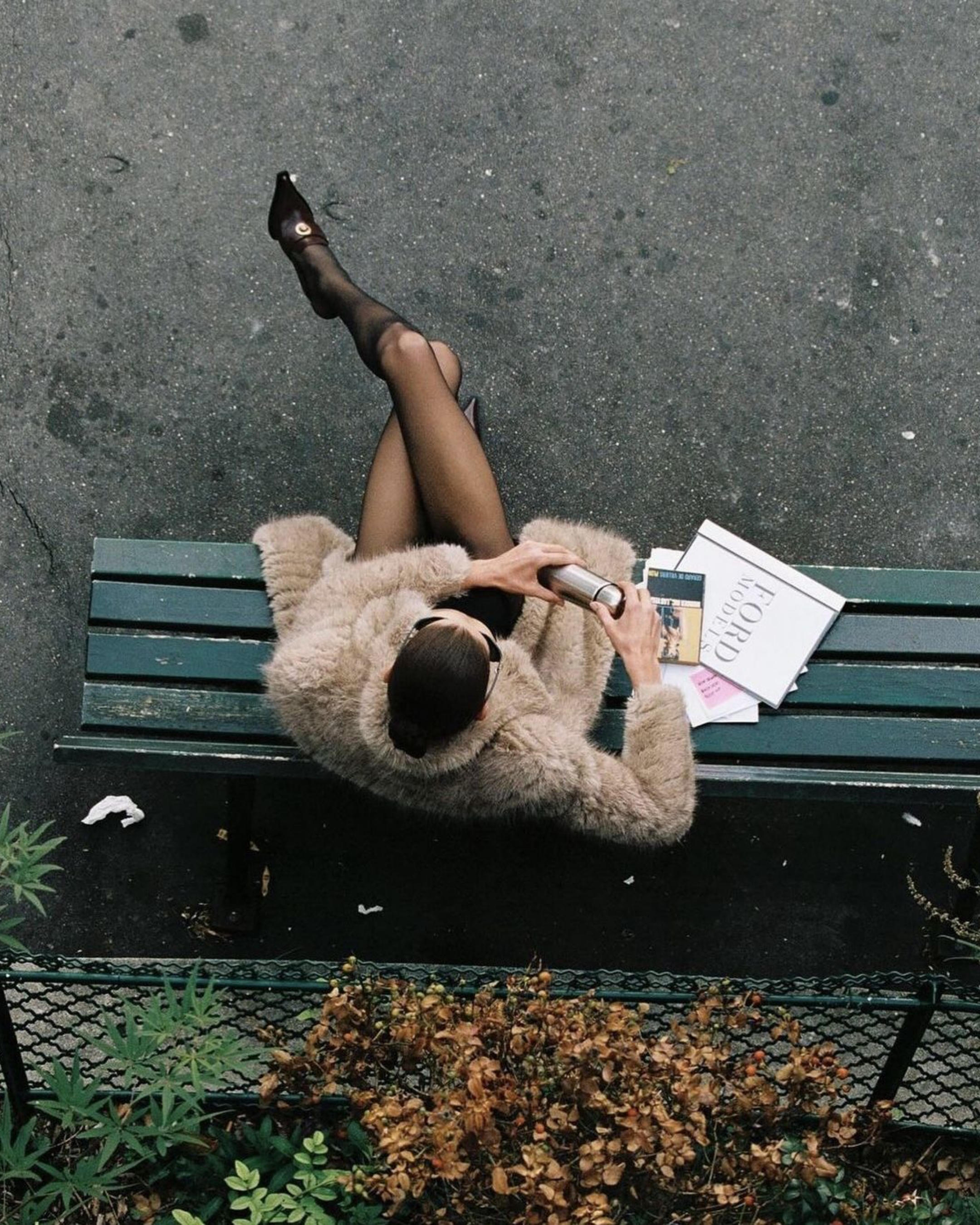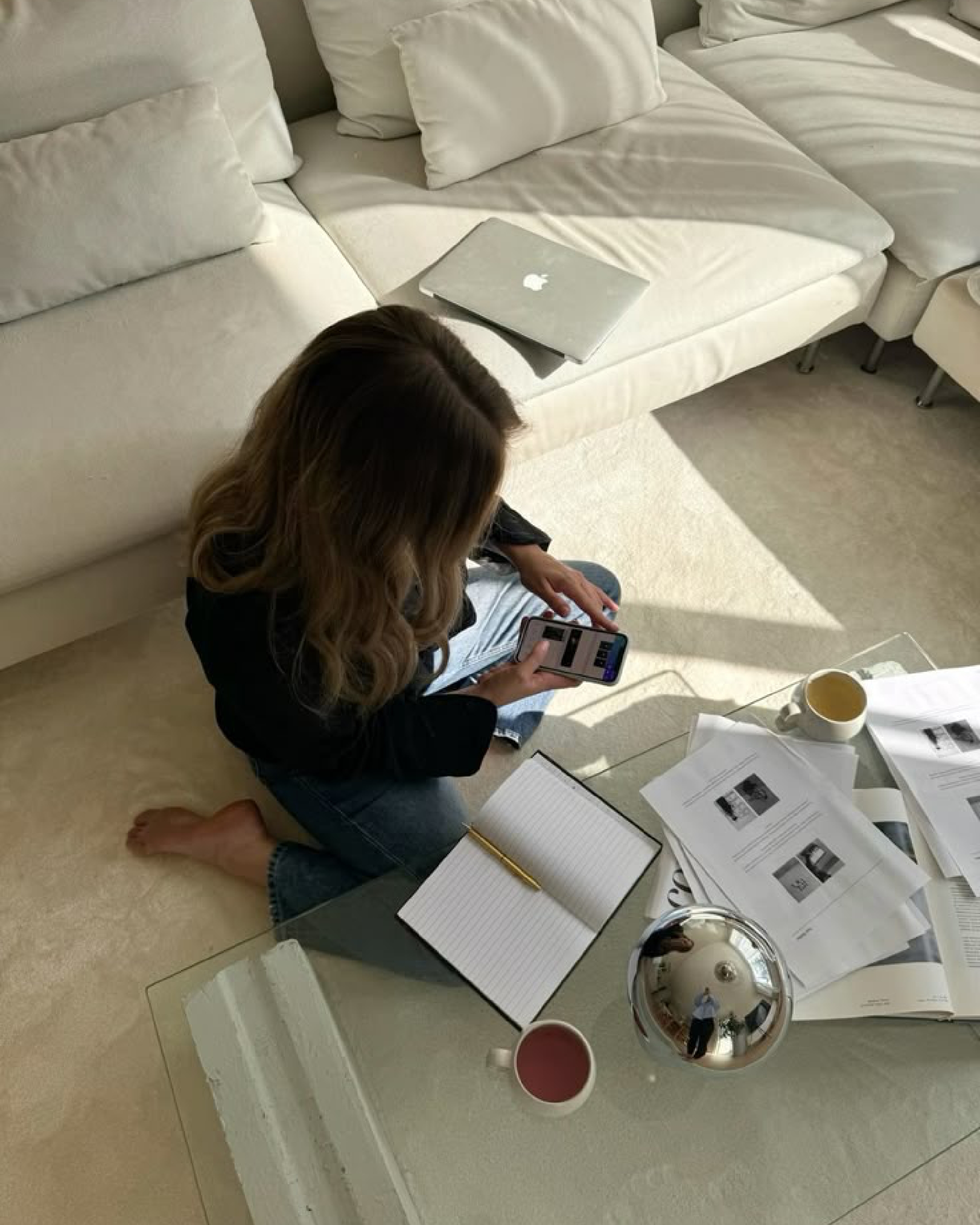A brand designer is responsible for crafting an entire brand’s identity and strategy. They build a cohesive visual identity – including the logo, color palette, typography, and more – that communicates a company’s values and helps it stand out in the market. In other words, a brand designer ensures that everything customers see from a company consistently conveys the right message and personality. This article breaks down the full scope of what brand designers do, from initial strategy to collaborating with clients and creative teams.
What Is a Brand Designer?
A brand designer is often misunderstood as just a “logo maker,” but the role goes much deeper. In fact, a brand designer acts as a creative strategist dedicated to building a company’s entire visual identity and shaping how the brand is perceived. They dive into the business’s mission, values, and target audience to design a cohesive visual language that reflects the brand’s personality and message.
For example, a brand designer will develop elements like the logo, color schemes, typography styles, and imagery guidelines so that all marketing materials have a consistent look and feel. This cohesive visual identity ensures that whether someone sees the company’s website, product packaging, or social media profile, they immediately recognize the brand and understand what it stands for.
Importantly, brand designers approach projects strategically. Before creating any visuals, they often research the company’s target audience, competitors, and unique value proposition. The goal is to answer questions like: Who are you trying to reach? What makes your business unique? What goals does the business have? For example, if a new coffee shop wants a cozy vibe, the designer might interview the owner about the cafe’s story and survey local coffee lovers about what they look for in a cafe. These insights help shape the design direction.
Key Responsibilities of a Brand Designer
A professional brand designer’s responsibilities span from early strategy through to final design execution. Some key tasks include:
- Brand Strategy & Research: Conducting discovery sessions, market research, and competitor analysis to understand the brand’s audience and positioning before any design work begins. This strategic foundation guides all creative decisions.
- Logo & Visual Identity Design: Creating the core visual elements of the brand, especially a memorable logo, and defining the color palette, fonts, and imagery style that will represent the brand across all media The designer ensures these elements reflect the brand’s values and personality.
- Brand Guidelines Development: Establishing a comprehensive brand style guide that documents how to use the logo, colors, typography, and other design elements. These guidelines ensure consistency in all future materials and across different platforms.
- Designing Brand Assets: Applying the visual identity to various marketing and communication materials. This can range from business cards and product packaging to website design, social media graphics, brochures, and advertisements – all designed to look cohesive and on-brand.
- Ensuring Consistency Across Platforms: Monitoring and reviewing how the brand appears everywhere it’s used (online and offline) to maintain a unified appearance. A brand designer makes sure every customer touchpoint – from a mobile app to a physical storefront sign – aligns with the established brand identity.
These responsibilities illustrate that a brand designer’s job is about building an entire brand identity system, not just one-off graphics. Unlike a general graphic designer who might create individual pieces like a single brochure or ad, the brand designer thinks holistically about how every visual element works together to support the brand’s story and business goals. This holistic approach helps create a strong brand presence that audiences will recognize and trust.
Collaboration with Clients and Creative Teams
Effective brand design doesn’t happen in isolation. Brand designers work closely with clients and other creative professionals to bring a brand identity to life. A crucial part of the job is collaborating with the client – often the business owner or marketing team – to understand their vision, values, and what they want their brand to communicate. Through discovery meetings and feedback sessions, the designer translates the client’s vision into visuals, ensuring the final brand identity meets the client’s expectations. Clear communication is key throughout this process: brand designers may conduct workshops or use mood boards to align on ideas, then present design concepts and refine them based on client feedback.
Brand designers also frequently collaborate with other creative and marketing teams. They might coordinate with marketing departments, product designers, or web designers to ensure that branding is implemented consistently across all projects. For example, a brand designer will guide a web design team on using the correct fonts and colors on the company website, or work with marketing teams so that advertising campaigns follow the brand guidelines. By working hand-in-hand with copywriters, developers, and other designers, the brand designer helps maintain a unified brand voice and look in everything the company produces. This cross-team collaboration ensures that the brand’s identity stays strong and consistent no matter who is creating the content.
Conclusion
A brand designer’s role encompasses far more than designing logos – it’s about shaping how a company presents itself to the world at every level. From formulating brand strategy and crafting a visual identity, to establishing guidelines and collaborating with clients and colleagues, brand designers build the visual foundation of a business. This work is vital for business success: a cohesive and professional brand identity builds recognition, trust, and loyalty among customers. In fact, research shows that consistent brand presentation can increase revenue by up to 23%, underscoring how important brand design is to the bottom line.
In summary, a brand designer is the creative strategist behind a brand’s public face. They ensure that every visual detail – from the choice of color to the style of imagery – aligns with a larger story about what the brand stands for. For anyone aspiring to become a brand designer (whether in the UK or elsewhere) or any business looking to improve its branding, understanding this full scope of the role is essential. A skilled brand designer doesn’t just make things look pretty; they create a meaningful, consistent brand experience that helps a company connect with its audience and stand out in a crowded market.






.svg)


.svg)
.svg)





